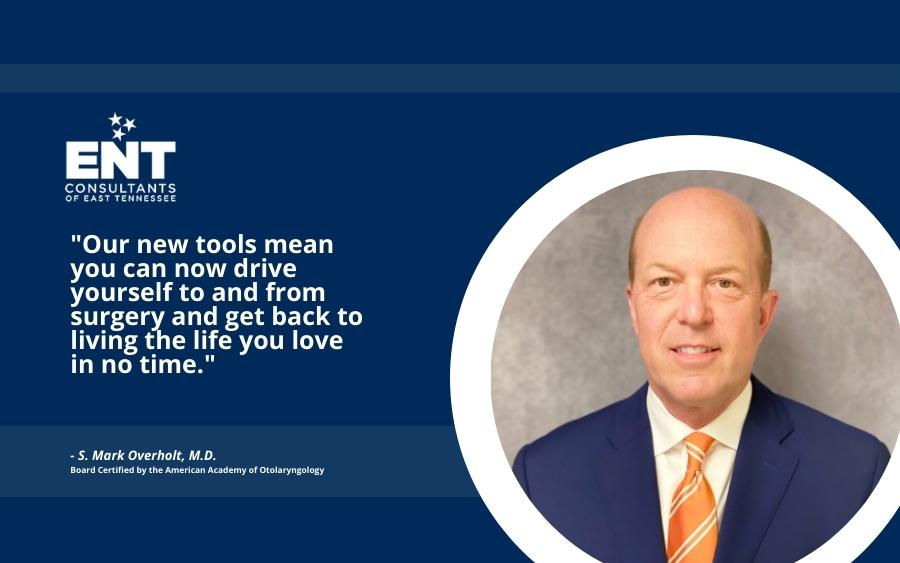I want to start by saying that this is a great time for patients.
We’ve recently moved a lot of things into our office here at Ear, Nose & Throat Consultants of East Tennessee, which allows patients to avoid general anesthesia, meaning they can drive themselves to the office, have a procedure to address their problem, and then drive themselves home afterwards.
This eliminates the need for downtime after the procedure that was once required with the previous, more invasive surgery.
We have a nurse who comes to our office to provide sedation to those who want a little bit of edge off the anxiety before the surgery, but most people do well just with local anesthesia.
Is A Numbing Agent Applied Before Surgery?
Before the sinus surgery, we use cottonoids with medication to numb the nose and sometimes inject a small amount of medication if needed, but after we’ve topically numbed the area, we only use an injection.
It’s very well tolerated. It’s amazing what you can do with so little.
During a talk on The Dr. Bob Show, I demonstrate which tools are used during sinus surgery and explain what they are used for in this procedure. Check out the video below.
What Tools Are Used?
Radio Frequency Probe
The first tool we use is called a radio frequency probe. This emits radio frequency, and we use it to shrink tissue in the nose. So, for people who come in with a very congested, stuffy nose — who don’t have a deviated septum and don’t need a general anesthesia — this is a nice little tool to shrink the extra tissue in the nose.
The probe is inserted into the soft tissue under local anesthesia. The machine works by creating a small injury in the mucosa – the body has a good enough immune system to resolve that injury and shrink things up so people can breathe again.
This simple procedure is what we call turbinate reduction, and it’s truly changed the lives of many of my patients.
RhinAer®
The next tool we use is called RhinAer®. Again, this is radio frequency technology.
This handpiece has small spikes on the end of it. It’s not sharp, but these spikes are what transmit the radio frequency, and this can be used to shrink the turbinate. Equally, this can be used to knock off a nerve in the back of the nose that causes some people to have excessive running and dripping noses – a huge problem in our patients.
We treat people with medications for running noses and most people do well with medication, but there are many who don’t get better through this route. So, this procedure is fabulous for that patient population.
The last tool is from the same company as the RhinAer®, which has similar technology to both radio frequency tools previously mentioned.
Again, this tool has got little teeth that emit radio frequency. We use this in people who have nasal valve collapse. In the front of the nostril on the side walls, there isn’t often great architecture, so some people will have a collapse of the side wall of the nose.
Nasal vestibular stenosis is what we call it in medicine – it essentially means “collapse.” This tool can provide some architectural support for the patient and is used under local anesthesia. It is used inside the nasal airway to try to bolster the strength and support the side wall.
How Have These Tools Changed Sinus Surgery?
Each of the tools listed above are new tools that have really changed the management in our patients – before, during, and after sinus surgery. I believe this has a positive effect on our patients’ success with sinus problems since the procedure is now a lot less invasive and requires no downtime, which can often be a big factor in deterring people away from seeking the help they need.
The patient can now drive home straight after the procedure, which is a fantastic benefit of using these new tools for the effectiveness of surgery as well as a pleasant experience for the patient.
Have Sinus Concerns?
If you or a loved one is suffering with sinus issues, our team of ENT doctors has over 75 years of combined experience treating ear, nose, and throat conditions in East Tennessee. With advancements in sinus surgery, our specialist can perform a life-changing, non-invasive procedure with no downtime – meaning you can get back to enjoying the life you love.
To schedule a consultation, please fill out the form on this page and a member of our team will get back to you shortly with an appointment time.
Alternatively, call your local office at (865) 693-6065 (Park West), (865) 546-5477 (Knoxville), or (865) 546-5477 (Lenoir City).
We look forward to helping you on your journey to better sinus health.





